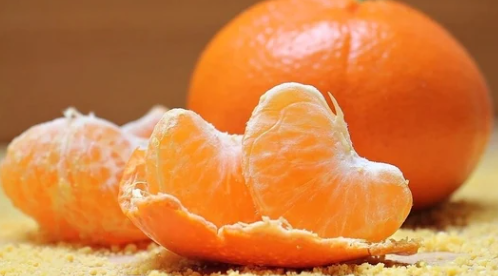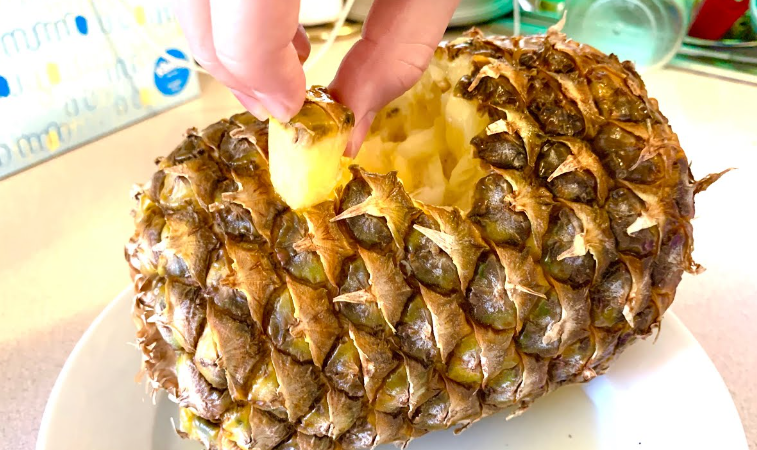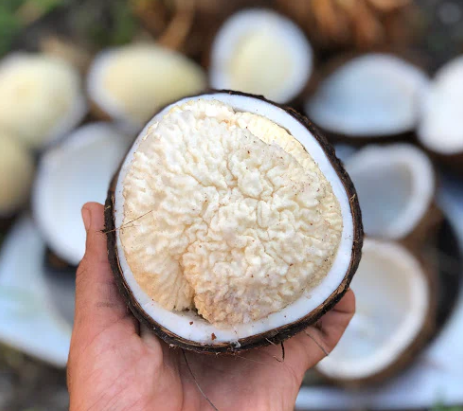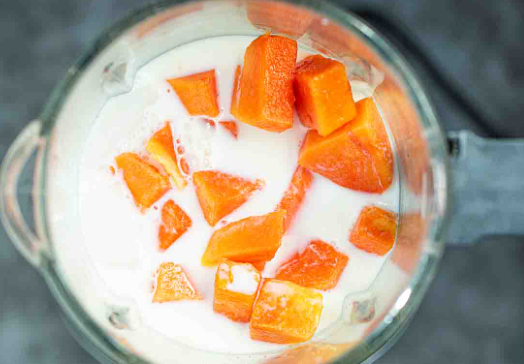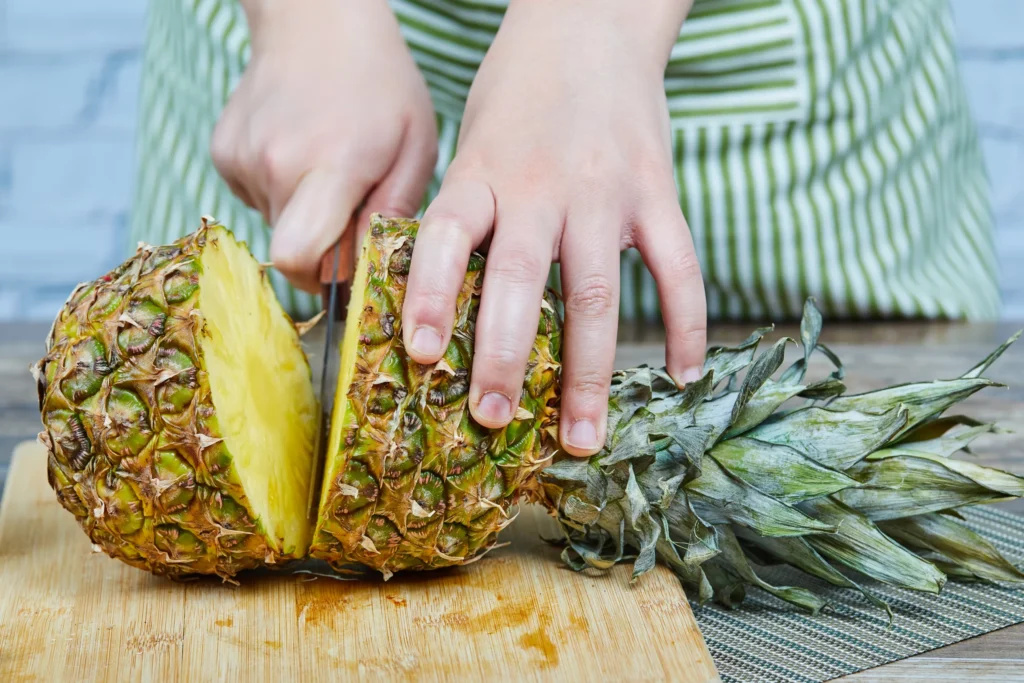Swelling and bruises can be painful and not nice to look at. To help with this, people often look for different ways to heal. Have you tried pineapple juice? Pineapples have a special part inside them called bromelain. Bromelain is known to help reduce swelling because it can fight against inflammation.
We’ll explore how pineapple juice can be good for you if you have swelling and bruises, and how to add it to your food in good ways. If you want a natural treatment for these problems, stick around to learn more about how this yummy tropical fruit might be able to help.
Table of Contents
- Can Pineapple and Pineapple Juice Reduce Swelling and Bruises?
- How to Add Pineapple to Your Meals
- Be Careful with Pineapples – They Can Have Side Effects
- Frequently Asked Questions (FAQs)
- What does the enzyme that breaks down proteins do to help with inflammation?
- Is eating pineapple good if you are swollen?
- How much pineapple can I eat to help with bruising and swelling?
- Can drinking pineapple juice help me heal faster?
- Wrapping Up
Can Pineapple and Pineapple Juice Reduce Swelling and Bruises?
Yes, eating pineapple or drinking its juice can help with swelling and bruises. This is all thanks to bromelain, which is good at breaking down proteins and fighting inflammation. By having pineapple, you’re using a natural way to make the swelling better.
Pineapples are more than just bromelain, though! They have lots of vitamins and minerals that help your body heal. Vitamin C from pineapples is really good for your skin because it helps make collagen and heals wounds better. Pineapples also have calcium, magnesium, and potassium – all of these are important for strong skin and tissues.
When you get hurt or bruised, eating pineapple or having some pineapple juice can be helpful. The fruit’s special enzymes, together with its vitamins and minerals, make it a smart choice for helping your body recover.
How to Add Pineapple to Your Meals
Making pineapple part of your meals can be tasty and help with healing and pain. Here are some yummy ideas for eating more pineapple:
- Eat some pineapple slices as a snack any time you want something sweet and fresh.
- Mix pineapple pieces into your smoothies for a special fruity taste.
- You can grill or bake pineapple to bring out a sweet flavor that’s really nice with foods like chicken or fish.
- Try making salsa with chopped pineapple, onion, hot peppers, and green herbs. It’s great on tacos or meat from the grill!
- Marinating meats in pineapple juice can make them softer and give them a nice sweet and sour taste.
- Make a quick salad with pineapple, cucumbers, and mint for a refreshing and healthy side.
- Drink 100% pure pineapple juice, but not too much. It’s an easy way to enjoy the benefits of pineapple.
Pineapple is a fun and tasty way to help your body with pain and healing. With many delicious ways to eat this fruit, you’ll surely find some that you love. and healthy side to eat.
Be Careful with Pineapples – They Can Have Side Effects
Pineapples are a great natural choice for dealing with swelling and bruises, but there are some things to be careful about:
- Allergies: Some people can be allergic to pineapple. If you eat it and then feel itchy, swell up, or have trouble breathing, you should get medical help right away.
- Medicine Reactions: Pineapple might not work well with some medicines like blood thinners or antibiotics. It’s best to talk to your doctor first before eating lots of pineapple if you’re taking any meds.
- Don’t Have Too Much: Pineapples have natural sugars, which can raise your blood sugar. If you have diabetes or eat a lot of pineapple, you could have stomach upset or other problems.
- Acidity: Pineapples are also acidic. Eating too much of it can hurt your teeth or upset your stomach. Just don’t go overboard, and rinse your mouth after eating pineapple.
Remember, natural treatments like pineapple should not replace proper medical care. You should enjoy pineapple in a balanced way to get the most out of it.
Frequently Asked Questions (FAQs)
What does the enzyme that breaks down proteins do to help with inflammation?
Is eating pineapple good if you are swollen?
How much pineapple can I eat to help with bruising and swelling?
Can drinking pineapple juice help me heal faster?
Wrapping Up
Adding pineapple to what you eat can help your health in several ways. The bromelain inside can take down swelling and make bruises better, while vitamin C helps your body make collagen and fixes wounds. You should enjoy pineapple but not eat too much. Also know that, while it’s tasty and can make you feel better, it shouldn’t be the only thing you use if you’re hurt or feeling ill.
Don’t just stick to one way of eating pineapple. Mix things up—eat slices, make smoothies, or even grill it. This way, you can enjoy the yummy flavour while you help your body heal and cut down on pain.


